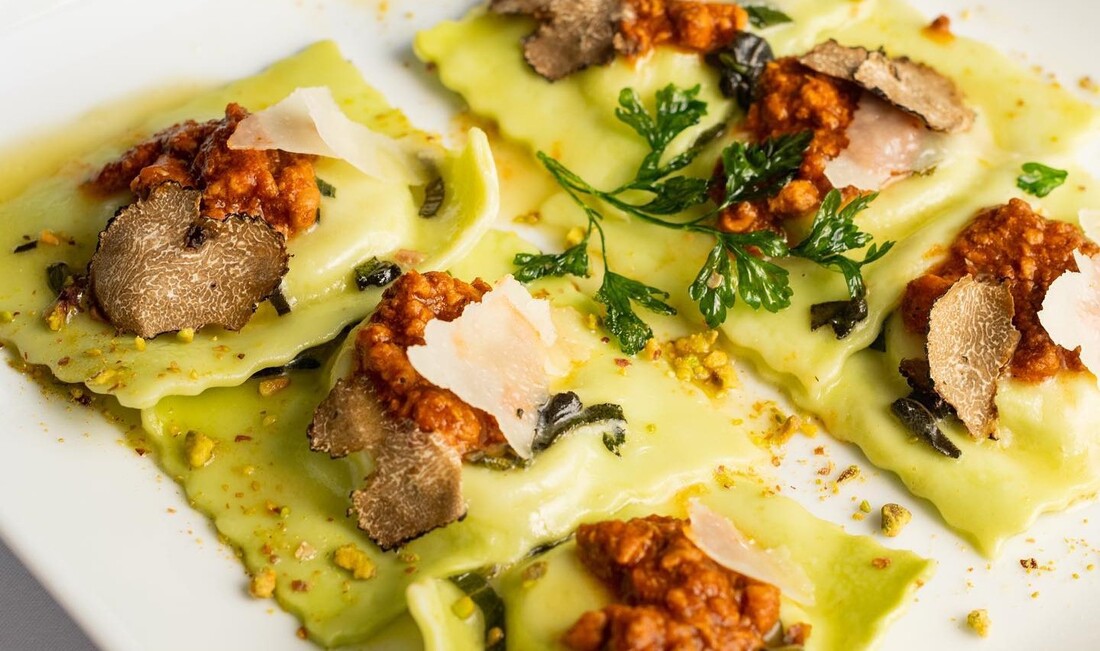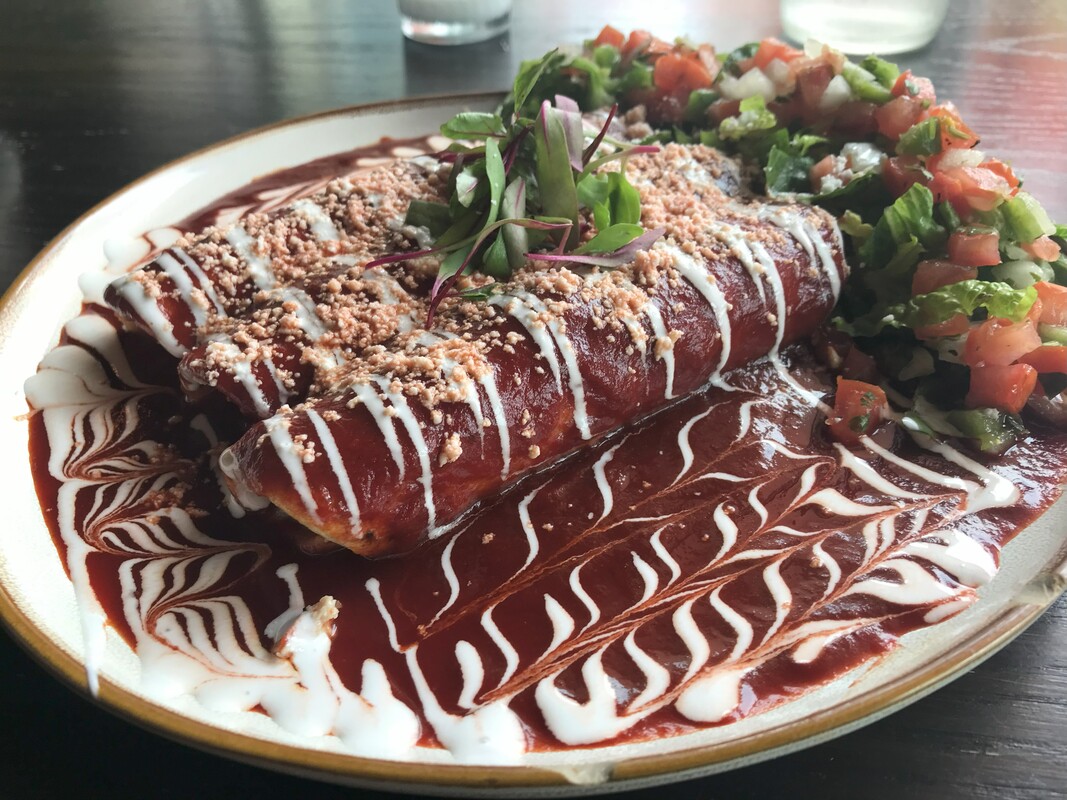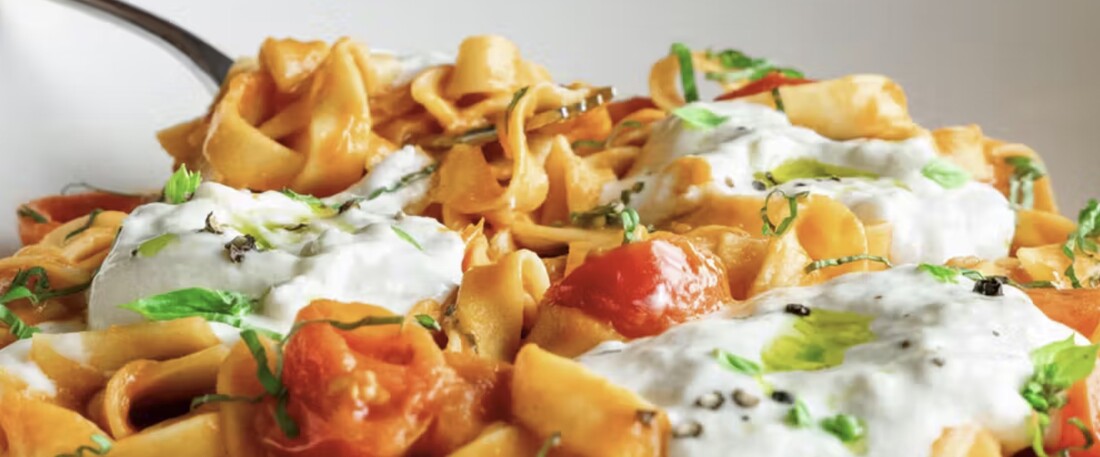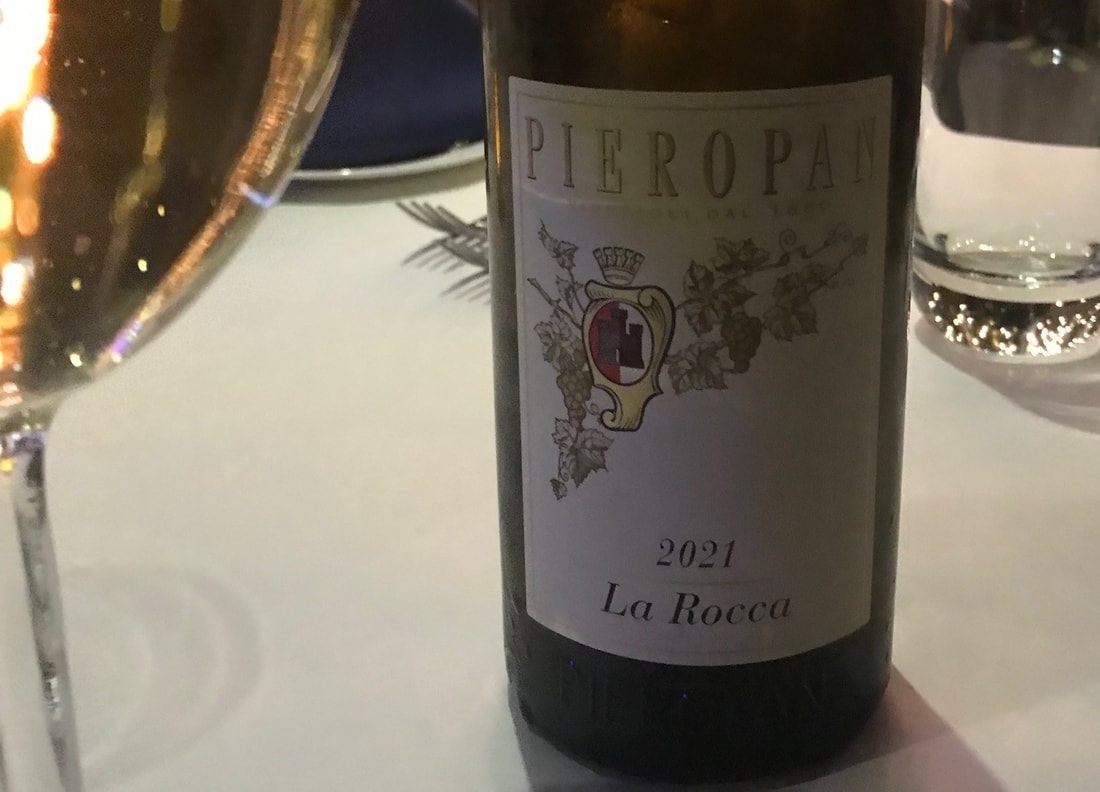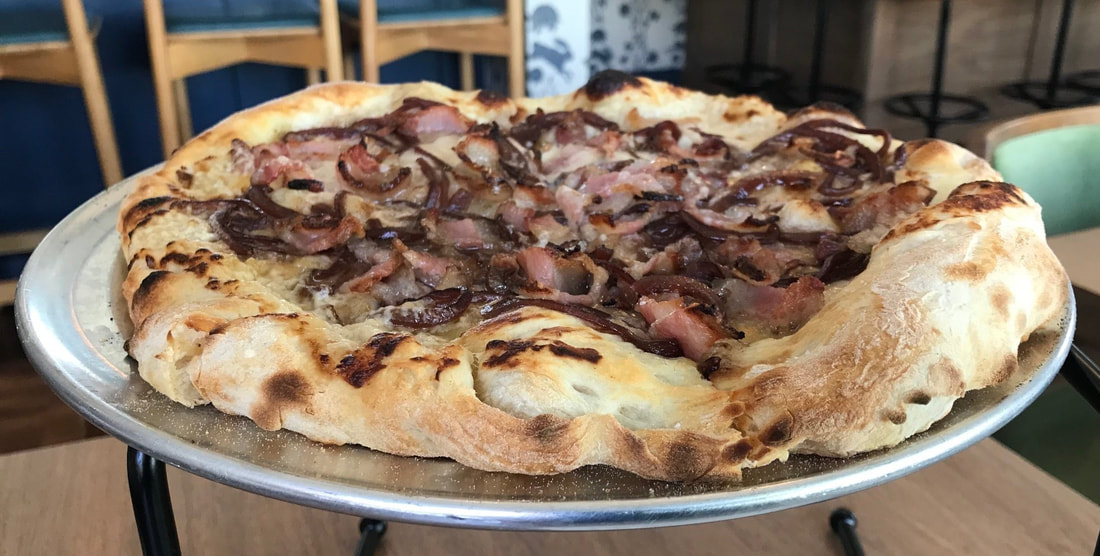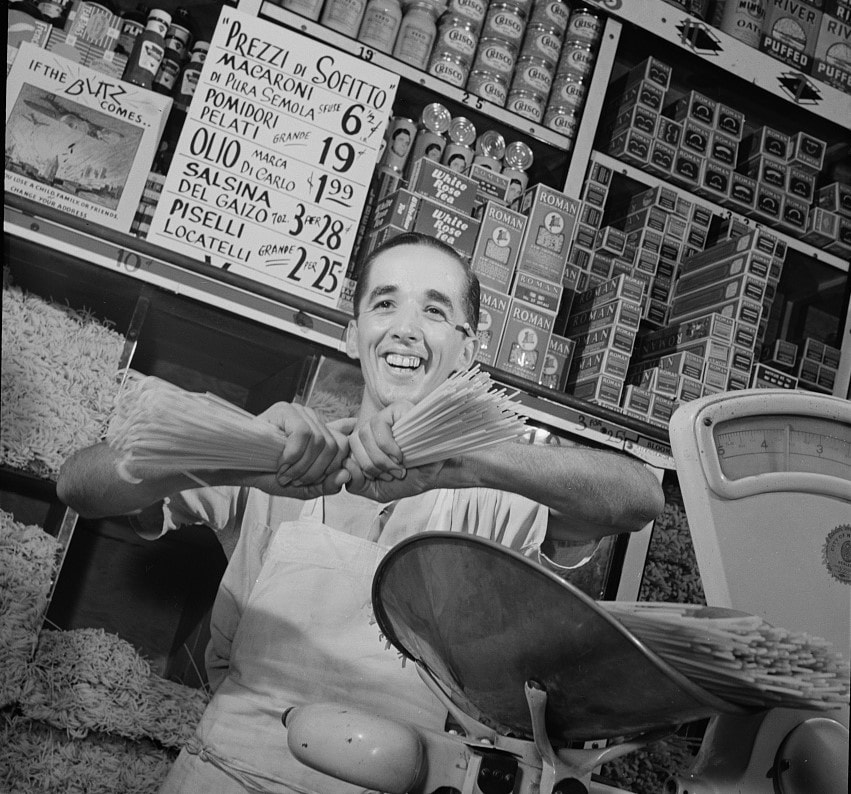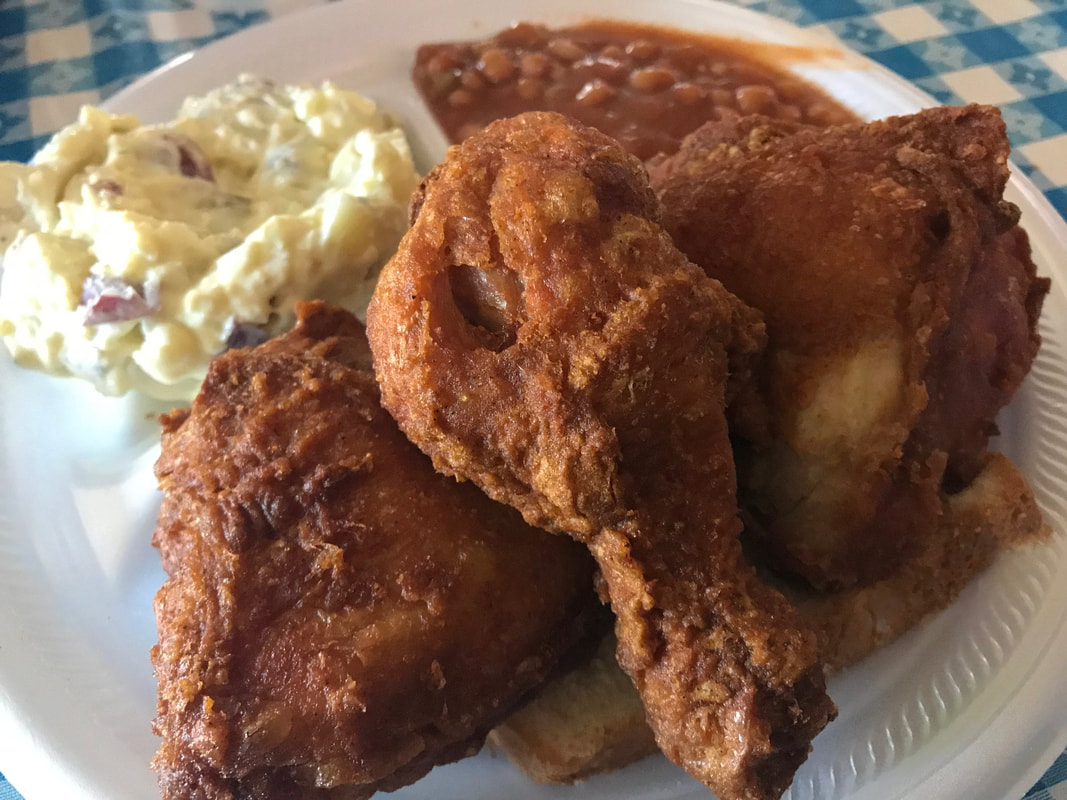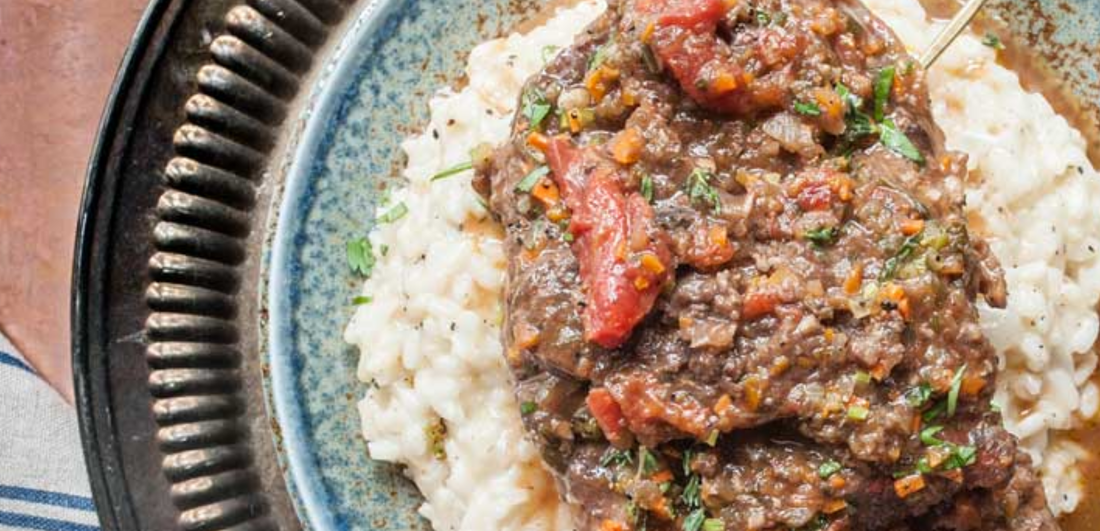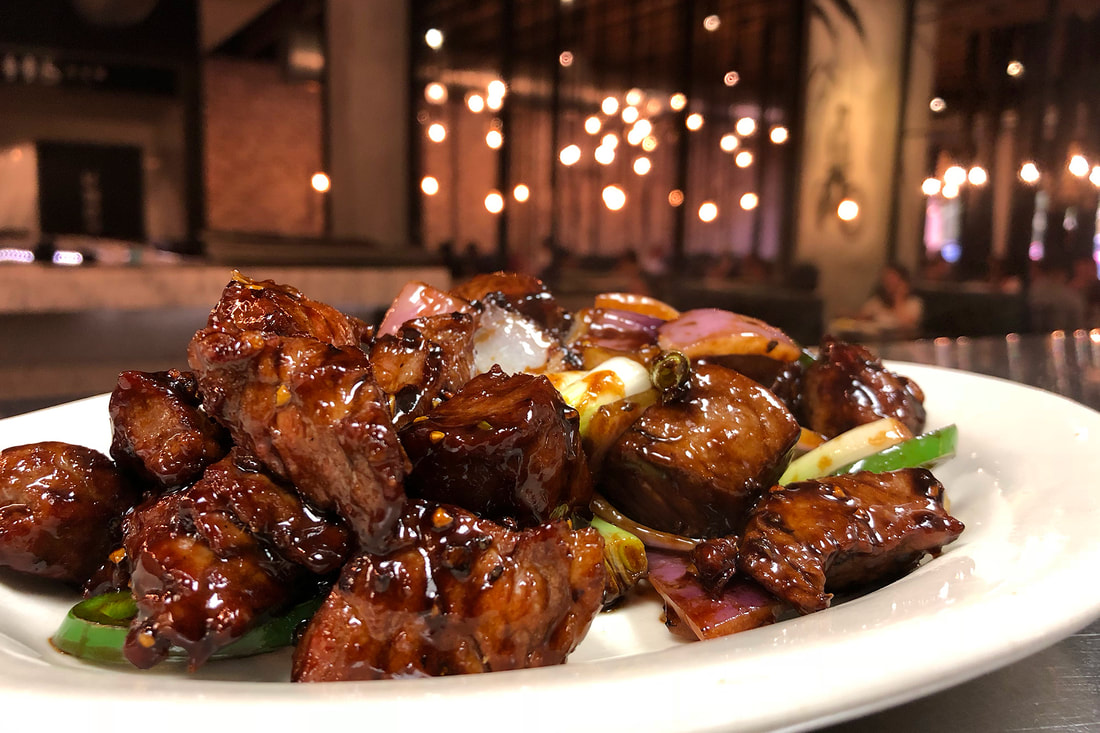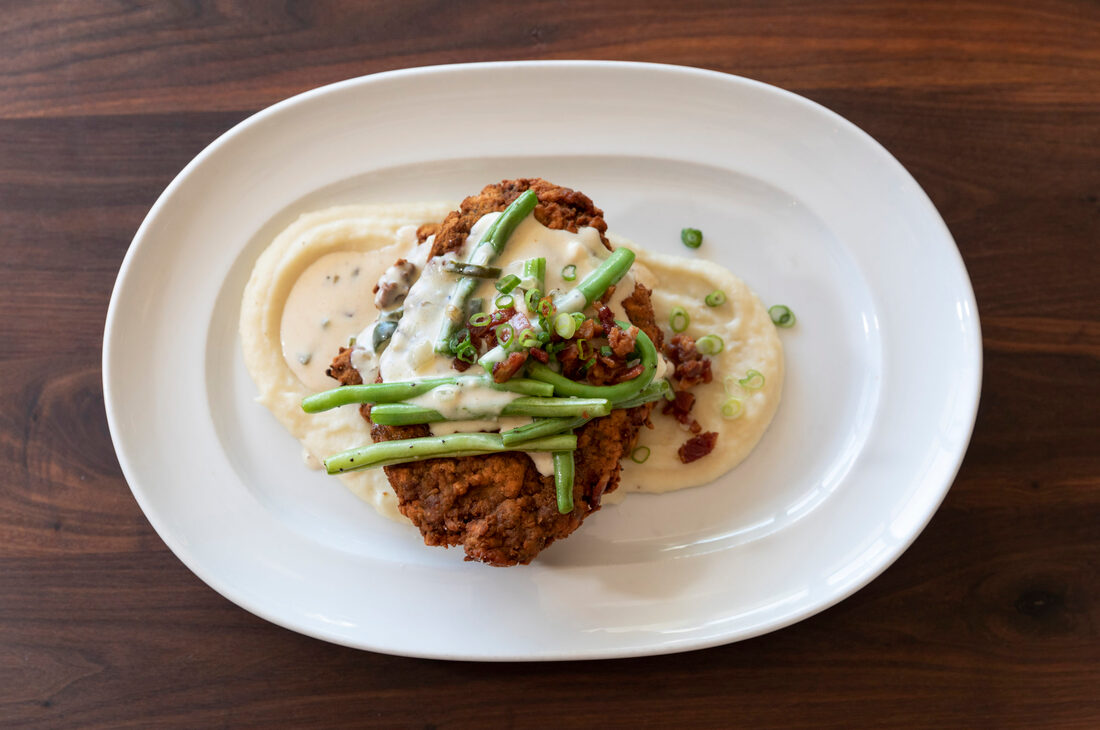James Bond is strongly associated with martinis, shaken not stirred, famously. But, his very first cocktail, the first one described that the Bond character drank in the very first novel, Casino Royale published in 1953, is actually an Italian one, and consumed in France, not something we might think concerning a character so assiduously and identifiably British. Found on page 24 of the edition I somewhat recently perused, set in a fancy hotel in a fictitious French resort town:
“Bond ordered an Americano and examined the sprinkling of over-dressed customers, mostly from Paris he guessed, who sat talking with focus and vivacity, creating that theatrically clubbable atmosphere of l'heure de l'aperitif. The men were drinking inexhaustible quarter-bottles of champagne, the women dry martinis.”
The Americano is the cocktail that was the basis for the much more recognized (and potent) Negroni. The Americano is:
Campari – 1 ounce
Sweet vermouth – 1 ounce
Club soda – splash
Orange slice
The cocktail was created in the eponymous Café Campari by Gaspare Campari in the 19th century. It was originally called the Milano-Torino after the location of its two main ingredients, the Campari from Milan and the Cinzano sweet vermouth from Turin. Some decades later as it became popular with American tourists it acquired the name of a typical purchaser of the cocktail. It can still make for an enjoyable aperitivo at an Italian restaurant, whether in Italy or here.
By the way, page 33 of the same edition of Casino Royale describes the first martini ordered by Bond in print, which has eventually became known as The Vesper, and a common sight on cocktail lists:
“Three measures of Gordon's, one of vodka, half a measure of Kina Lillet. Shake it very well until it's ice-cold, then add a large thin slice of lemon-peel. Got it?”
These days, I wonder what kind of drink, if any, you might get after barking that to the bartender in France, in English.

